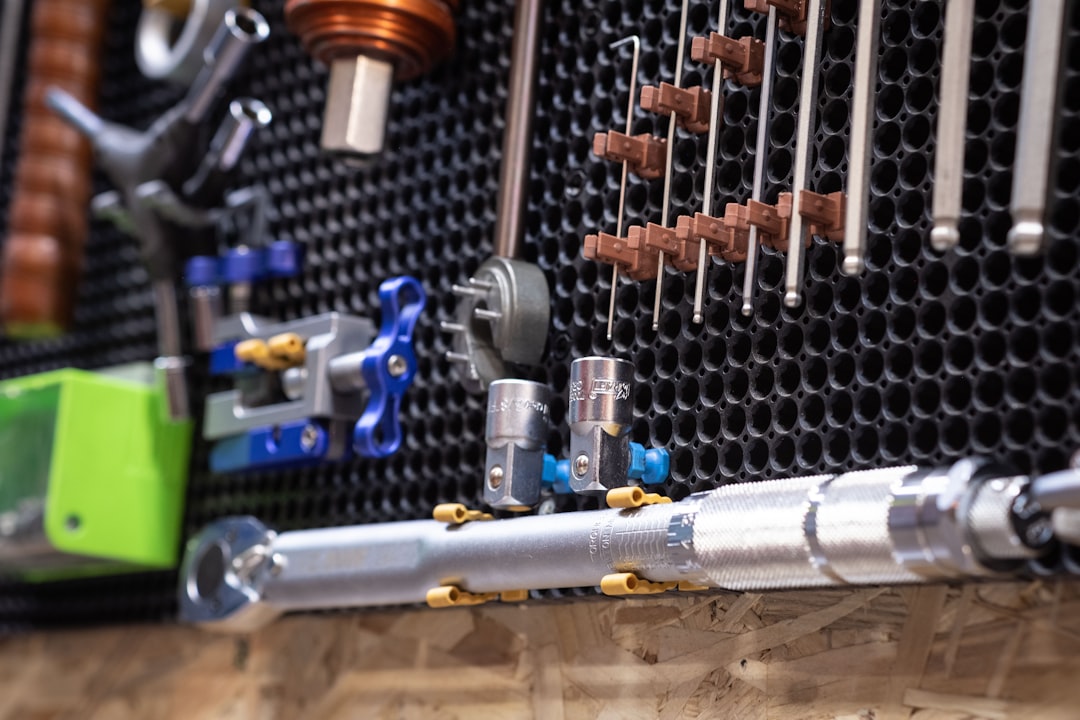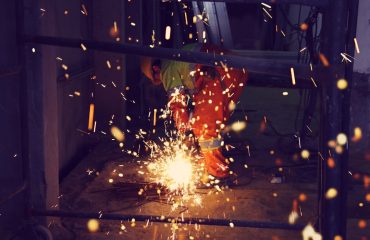Waste heat recovery (WHR) offers significant opportunities for energy savings and environmental sustainability. A crucial, often overlooked, component in successful WHR projects is the piping system. The selection, design, installation, and maintenance of these pipes directly impact the efficiency, longevity, and overall success of the entire system. This post delves into the critical role pipes play in harnessing waste heat and maximizing its potential.
1. Material Selection: Choosing the Right Pipe for the Job
The choice of pipe material is paramount in WHR. The material must withstand the operating temperature and pressure of the waste heat stream, resist corrosion, and possess good thermal conductivity (or low thermal conductivity in cases where insulation is critical). Common materials include:
- Stainless Steel: Offers excellent corrosion resistance and high-temperature capabilities, making it suitable for many WHR applications. Different grades (e.g., 304, 316) offer varying levels of corrosion resistance and strength.
- Carbon Steel: A cost-effective option, but susceptible to corrosion, especially in high-temperature or chemically aggressive environments. Often requires protective coatings or linings.
- Copper: Excellent thermal conductivity and corrosion resistance, but can be more expensive than steel. Suitable for lower-temperature applications.
- High-Performance Polymers (e.g., PEX, CPVC): Offer good corrosion resistance and flexibility, making them suitable for certain applications. However, their temperature limitations may restrict their use in high-temperature WHR systems.
- Ceramic Pipes: Suitable for extremely high temperatures and corrosive environments, but are more brittle and expensive than metallic options.
The selection process should consider the specific characteristics of the waste heat stream, the operating conditions, and the overall cost-effectiveness of each material.
2. Pipe Design and Sizing for Optimal Heat Transfer
Proper pipe design is crucial for efficient heat transfer. Factors to consider include:
- Pipe Diameter: Larger diameter pipes reduce pressure drop but may increase heat loss. Careful calculations are needed to balance these factors.
- Pipe Length: Longer pipe runs increase heat loss, necessitating effective insulation strategies.
- Pipe Routing: Minimizing bends and fittings reduces pressure drop and improves flow. Careful planning is crucial to optimize the layout of the piping system.
- Fluid Velocity: Maintaining an appropriate fluid velocity ensures efficient heat transfer without excessive pressure drop. Computational Fluid Dynamics (CFD) analysis can be used to optimize flow patterns.
Using appropriate software and engineering principles is vital to ensure the pipe design facilitates efficient heat transfer and minimizes energy losses.
3. Insulation Strategies: Minimizing Heat Loss in WHR Pipes
Heat loss through pipes significantly reduces the efficiency of a WHR system. Effective insulation is crucial to minimize these losses. Common insulation materials include:
- Mineral Wool: Excellent thermal performance and fire resistance, but can be susceptible to moisture absorption.
- Fiberglass: Cost-effective and readily available, but less efficient than mineral wool.
- Cellular Glass: Excellent thermal performance and moisture resistance, but more expensive than other options.
- Aerogel: Exceptional thermal insulation properties, but relatively expensive.
The thickness of the insulation is determined by the operating temperature, ambient temperature, and desired heat loss reduction. Proper installation is crucial to ensure the insulation’s effectiveness and longevity. Regular inspections are recommended to identify and address any damage or deterioration.
4. Addressing Corrosion and Fouling in WHR Pipe Systems
Waste heat streams often contain corrosive substances or particles that can lead to pipe corrosion and fouling. These issues can significantly reduce the efficiency and lifespan of the piping system. Mitigation strategies include:
- Material Selection: Choosing corrosion-resistant materials is the first line of defense.
- Protective Coatings: Applying internal and external coatings can further enhance corrosion resistance.
- Regular Cleaning and Maintenance: Regular inspections and cleaning can remove fouling deposits and prevent buildup.
- Chemical Treatment: Adding corrosion inhibitors or other chemicals to the waste heat stream can help prevent corrosion and fouling.
A proactive approach to corrosion and fouling management is essential for ensuring the long-term performance and reliability of the WHR system.
5. Expansion Joints and Support Systems: Managing Thermal Expansion
Fluctuations in temperature cause pipes to expand and contract. This thermal expansion can put significant stress on the piping system, leading to leaks and failures. To mitigate this, expansion joints and proper support systems are crucial:
- Expansion Joints: These flexible components accommodate thermal expansion and contraction, preventing stress buildup.
- Pipe Supports: Properly designed and installed pipe supports provide stability and prevent sagging or misalignment.
- Anchors: Anchors restrain pipe movement in specific locations to prevent excessive displacement.
Careful design and installation of expansion joints and support systems are critical for ensuring the structural integrity and longevity of the WHR piping system.
In conclusion, the selection and management of pipes are critical factors in the success of waste heat recovery projects. By carefully considering material selection, design, insulation, corrosion prevention, and thermal expansion management, engineers can optimize the performance and lifespan of WHR systems, contributing significantly to energy efficiency and environmental sustainability.
SEO Tags: Waste Heat Recovery, WHR Pipes, Pipe Selection, Pipe Insulation, Heat Transfer, Corrosion Prevention, Thermal Expansion




